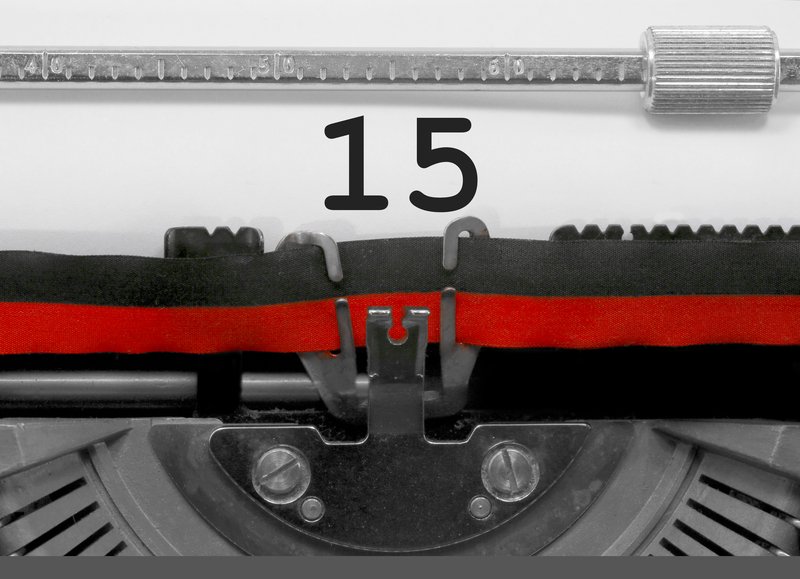One of the most useful pieces of advice that established entrepreneurs give to people starting their own businesses is, ‘ Cash is king.’
It doesn’t matter what business you’re in and how profitable it is; if you run out of cash, your business will struggle to continue. If you can’t pay suppliers, you’ll have nothing to sell, and it’s a quick, vicious circle that leads to insolvency.
A good business needs a positive cash flow, where the amount of money coming into the bank account each month at least matches the amount going out.
This needs to be monitored at every stage of business growth. If your business is going through a rough patch, you must keep a close eye on your finances.
Scroll down for ten tips for creating a great cash flow forecast
Overtrading can mean cash flow problems for thriving, profitable businesses
Bizarrely, if your business is doing very well, there is an even greater danger it could run out of cash. It’s a phenomenon called overtrading.
Let’s say you accept a new £10,000 order, which requires you to pay out £8,000 for materials and wages. The chances are that you’ll have to pay that £8,000 at least a month before your client pays the £10,000.
If your business doesn’t have that cash, it will run out of money, which will put a very large spanner in the works.
This is where a cash flow forecast is essential. It’s a simple tool that will allow you to spot an obvious gap in your finances before it happens and take steps to minimise the effects.
Knowing that you are likely to encounter a cash flow problem in the future gives you time to explore your options and implement a solution. This could involve taking out a short-term loan or requesting an overdraft from your bank.
If you do this well in advance of the anticipated shortfall, you will be in a much stronger position to negotiate terms and more likely to secure the cash you need.
Preparing a simple cash flow forecast
A simple cash flow forecast will initially take an hour or two to set up and a few minutes each week to update the figures.
It’s important to understand that the tool’s power lies in its forecasting abilities—not as a historical record. Leave it to your profit and loss figures to examine past performance.
Free Tide Business Bank Account - £50 Cashback!

Open a free business current account to qualify + enjoy 12 months free transactions. Read our Tide review.
If you have purchased business planning software, a cash flow forecasting tool may well be included in the package. Alternatively, you can buy specific cash flow templates online.
Alternatively, you can quickly produce a simple cash flow forecast for your business on a spreadsheet program such as Excel or Google Sheets.
Ten tips for creating a realistic cashflow forecast
- Use historical data if possible: Identify trends and patterns if you can access historical cash flow data. This will provide a solid foundation for your forecasts and help you make more accurate and realistic projections.
- Be realistic with your numbers: Base your cash flow projections on realistic assumptions. Although it is tempting to be overly optimistic about sales, avoid being overly conservative with expense estimates to avoid potential shortfalls.
- Include all sources of cash: Account for all potential sources of cash, such as sales revenue, loans, and even grants. These days, bank interest is even a possible source of funds.
- Possible lag between transactions and cash movement: Recognise that cash inflows and outflows may not occur exactly when transactions are recorded. Adjust for the timing of receipts and payments to get a true picture of cash flow.
- Separate operating and non-operating cash flows: For a clear insight, distinguish between cash flows from operating activities (like sales and expenses) and non-operating cash flows (e.g. investments).
- Regularly revisit your forecase: Review and update your cash flow forecast regularly to reflect actual performance and any changes in your business. Like a business plan, a cash flow forecast is a useful living document.
- Contingency planning: Prepare for unexpected cash flow issues by including contingency plans in your forecast. This could involve setting aside a specific sum of cash just in case things go wrong.
- Are there any seasonal changes?: Account for any seasonal fluctuations in your business. For instance, if your sales peak during certain times of the year (e.g. Christmas), make sure your forecast reflects these variations.
- Revisit your payment terms: Revisit your payment terms with suppliers and customers. Adjust your cash flow forecast to reflect the timing of these payments and receipts.
- Talk to a business adviser or accountant: Talk to a business adviser (if you have access to one) or an accountant to make sure your cash flow forecast is robust and accurate. It’s easy to overlook important aspects – especially if you’re a one-man-band.
Should every business have a cashflow forecast?
Not all businesses need to make forecasts – you may be a consultant, for example, with very few monthly transactions, so this tool is unlikely to add any value to your business.
However, many small companies deal with high levels of transactions, both incoming and outgoing.
A cashflow forecast is an important method of ensuring that your bank account has enough cash to cover all eventualities or to identify whether you need to secure short-term sources of finance.
You will be able to avert a potential crisis. If stock is damaged, for example, you will need to make sure you have enough funds to continue trading until your insurers pay out for the damaged stock.
Helpful Resources / Downloadable Templates
- FreeAgent’s excellent guide to creating a cash flow forecast.
- Good guide and downloadable template (Excel) from Start Up Loans site.
- Another downloadable template (Excel) from ACCA.










